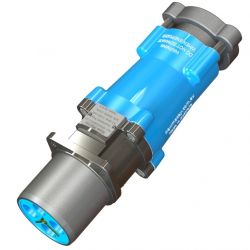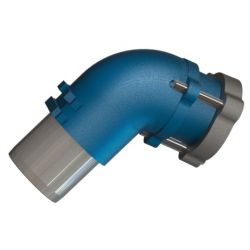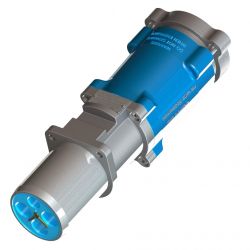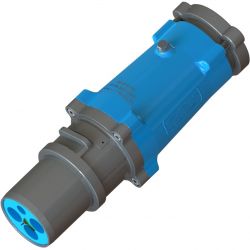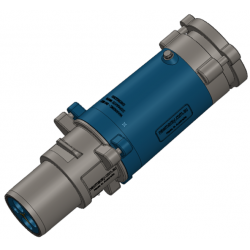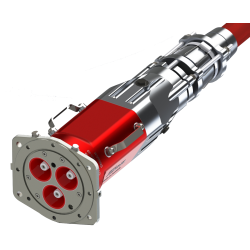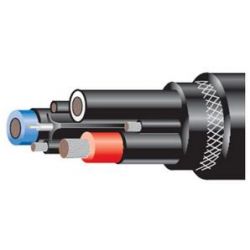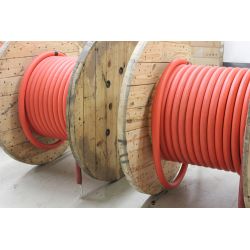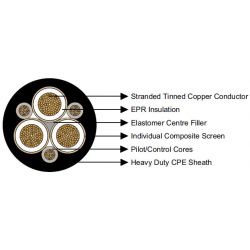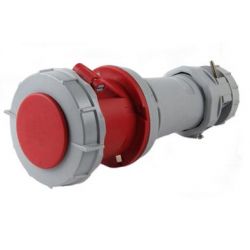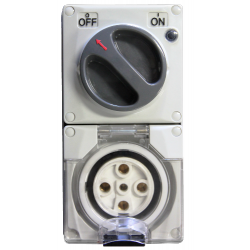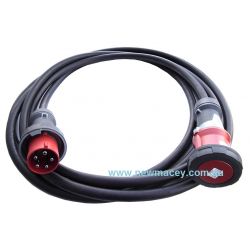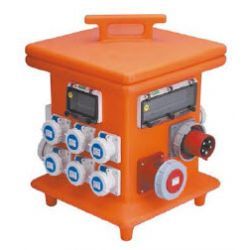Our Lean Manufacturing Approach
|
New Macey is a company dedicated to advancing the mining industry through innovative electrical connectors and electrical safety solutions. On this Page the company Operations Manager Matt Loveday walks through how we build our products through Lean Manufacturing techniques.
|
The 8 Wastes of Lean:
- Over Production – Overproduction stands out as the most significant form of waste. Producing or buying an excess of parts beyond actual requirements leads to surplus inventory, which in turn increased the potential of defects, creates longer lead times, occupies machinery unnecessarily, and disrupts flow, causing frustration among people.
- Transportation – Transportation eats time for breakfast and money for lunch. Whether it’s picking up parts from a local vendor, shipping parts to a customer a few states away or unnecessarily moving parts around the workshop, transportation takes time and money.
- Excess Inventory – Excessive inventory arises from either producing or purchasing more than needed. Manufacturing or procuring surplus components leads to requiring additional storage space, extra packaging, and ties up valuable capital in products awaiting sale. Often, excess inventory can lead to the next waste... Defects.
- Defects – Excess inventory generally leads to defects, when we buy too much the risk of having defects is high, leading to other wastes as these defects need to be scrapped or reworked! Defects can result in resource wastage, time loss, workflow disruptions, and worst of all the customer is waiting... Defects represent the most straightforward form of waste, easily preventable through well constructed and documented inspection procedures. Moreover, defects can manifest within our processes; for instance, incorrect shipments or orders highlight areas requiring process refinement.
- Over Processing – Overprocessing is anything that is not adding value. It is important to train your people on what value is. Whenever we change a raw matieral into something is where the value is. Everything else in non-value and needs to be elimiated creatively through improvements.
- Wasted Motion – Efficient workspaces minimize wasted motion by ensuring everything is within easy reach. No employee should face unnecessary challenges. Implement U-shaped work cells to facilitate seamless movement. Elevate workstations to waist level and position tools within arm's reach. Excessive back-and-forth across the shop throughout the day also constitutes wasted motion.
- Waiting – Waiting disrupts flow. Flow is the one major goal of Lean. When processes are not syncronised waiting time is producted. Waiting can result from - Poor man / machine coordination, long changeovers, unreliable quality / processes or uneveness in the process flow.
- Misused Brainpower – In our company, everyone is a process engineer. We are always analysing the process. As process engineers, take ownership of identifying waste and driving improvements collaboratively. Cultivate a culture of flow, extending your focus beyond individual tasks to support your colleagues. When errors occur, refrain from assigning blame and instead seize the chance to refine processes. Avoid using your brainpower on memorizing trivial tasks; instead, document and standardise procedures. Redirect your mental energy towards innovating and optimising processes for greater efficiency.
3S our Daily Routine:
After learning and understanding the 8 wastes we started seeing waste everywhere! Arguably the most important concept in lean is 5S, it is important to create a work environment that routinley is cleaned up and all clutter and un-necessary items removed and eliminated.
We start everymorning with a "3S" approach. Traditional Lean will teach 5-S or even 6-S but we try to simplify everything and our 3-S's are Sweep, sort and Standardise.
1. Sweep - Throw stuff away.
Sometimes you need to be ruthless. When we sweep, we eliminate anything that isn't essential. Items like old boxes, papers, outdated catalogs, excessive pallets and buckets, broken tools, worn-out rags, scrap parts, and dirt on the floor are promptly disposed of. It's astonishing how much clutter was hindering our space.
2. Sort - Put stuff away.
Once we've cleared the rubbish & un-neccessary items from our workspace, we organise the items necessary for production. While we may not require them immediately, they are certainly not rubbish. However, sorting can become challenging when there isn't enough storage space, or correctly accessable storage. This leads us to the next S...
3. Standardise - If the stuff doesnt have a place, make a place for the stuff.
Incoming tools, parts, and accessories mustn't simply be placed anywhere—on a shelf, in a bin, on a workbench, or in a drawer. They need to be assigned a specific location where everyone is aware of their placement. It involves establishing systems and routines to ensure that the newly organized workspace remains organized and clutter-free over the long term.

